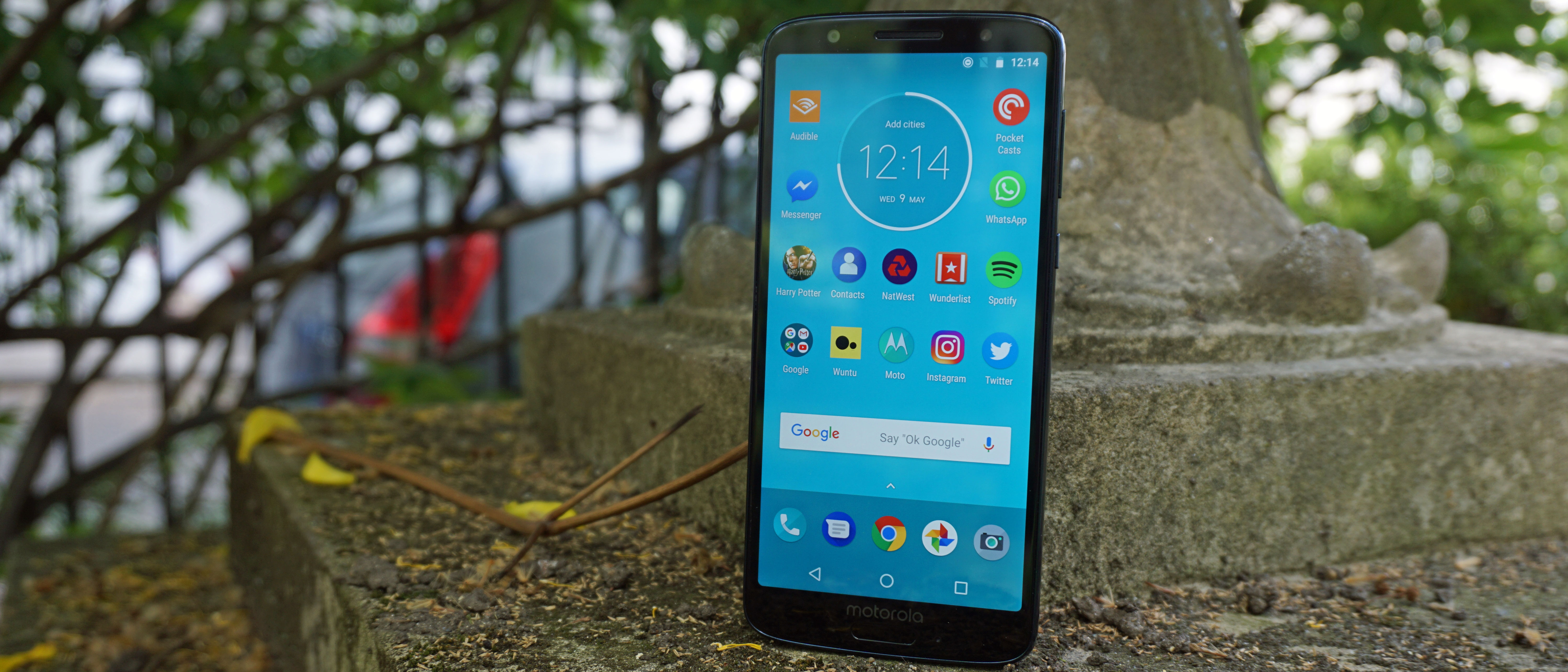Why you can trust TechRadar
Battery life
- Features a 3000mAh cell inside with fast charging
- No wireless charging despite glass back on phone
Battery life on the Moto G series has always been acceptable, but not stunning and it’s a very similar case here with the Moto G6. Both the Moto G6 Play and Moto E5 Plus have a much bigger focus on long life battery with 4000mAh and 5200mAh cells in respectively, but the Moto G6 only has a 3000mAh battery.
That said, it’s still offers a full day from a single charge with mixed usage. One of the days we were testing it we really put it through its paces and it needed a recharge at around 6PM, but if with average usage you should find it’ll last you through bed.
Unlike those other Motorola products though, this is never going to last you for more than a single day - you will need to recharge this overnight.
If you expect to use your phone relatively little, you’ll find the Moto G6 battery to be between good and great while if you use it a little more often than that you’ll find it to just be good.
We ran our video battery test on the phone where we play a video at top brightness for 90 minutes and it came out the other side with 79% of its battery leftover. That's not as good as the Moto G5S that lost 16% of its battery, but it is better than the Moto G5 that lost 22%.
Charging is simple through the USB-C cable at the bottom of the phone and there’s also Motorola’s turbopower Charging feature too. That means if you use the official charging brick you’ll get usage out of the phone for hours from only half an hour’s charge or so.
We found the fast charging feature to work particularly well, but there’s no wireless charging here and if you’re invested in the tech you’ll be disappointed the glass-backed phone isn’t capable of that.
Camera
- Dual sensor camera with 12MP and 5MP on the rear
- 5MP shooter is used for depth sensing for Portait mode
- Front facing 8MP shooter

The rear camera on the Moto G6 isn’t going to take the most gorgeous shots you’ve ever seen from a phone. It can hold its own against other phones around this price, though, and some more expensive mid-rangers too.
It’s a dual-sensor setup, with a 12MP sensor working in tandem with a 5MP one to the side of it. It's not as powerful a combination as you'll see on flagships like the Huawei P20, and that means you don’t get the same benefits, but we’ve been impressed by what we can do with this rear shooter.
Photos taken using the auto mode look high-quality, and you’ll be happy to share them on social media. We found the camera can be a little slow to take a photo, which can be irritating, but as long as you’re taking a photo of something static it won’t be a problem.
The 12MP sensor has an aperture of f/1.8, while the 5MP secondary sensor is f/2.2. The second sensor only becomes useful when you’re using the phone’s Portrait mode, which is a feature we’ve particularly enjoyed using on the phone.
Again, don’t expect this to be as powerful as the portrait modes on the iPhone XS or other flagships, but as an extra camera feature to play with it’s a great addition.
The portrait mode enables you to focus on a foreground subject and apply three different basic effects to your photos. You can blur the background, make part of the image black and white for a ‘color pop’ effect, or do a simple cutout of the foreground.
You need to take the photo first, then edit it later with a tool called depth editor. Here are a couple of examples of what it can do:




One issue we sometimes had with the portrait mode was trying to get the phone to focus on the specific subject we wanted to shoot. It’s not a simple tap-to-focus operation, and instead the phone intelligently works out what it thinks you’re trying to shoot; sometimes it’s not intelligent enough though, and it may take you a few attempts to get it right.
The portrait options aren’t going to create masterpieces by any means, but you can play around with them to get some interesting shots that you normally wouldn’t be able to take on a budget handset. You wouldn’t want to buy this phone just for this feature, but as an extra addition it’s quite fun.
The phone also comes with image recognition software that enables you to take photos of objects you come across, or landmarks in a city you’re visiting, and get information about them, for example a Wikipedia page, or details of where you can buy an item.
We tried it with this Pikachu balloon you can see below and it got it spot on knowing it was a Pokemon character called Pikachu and also a balloon version of the character.

We tried it with other objects, for example clothing, and it struggled but if you hold up a can of soft drink it’ll find it and serves you links to buy it from a retailer. Motorola also showed an example that shows you using it for landmarks around a city when you’re visiting.
This feature isn’t as in-depth as Bixby vision on the Samsung Galaxy S9, but you may find the odd use for it.

On the front of the Moto G6 is a 8MP selfie camera, which we’ve found to be fine for taking shots of our face, but again there’s nothing here that's going to blow you away. There is a filters mode, which overlays Snapchat-like frippery such as cat features or bunny ears on your mug, but this is a temperamental feature at the moment, and it takes a long time to process images.
There isn’t a wide-angle lens on the front of the Moto G6, but if you want to fit a group of friends into a selfie there is a way here. It’s called Group Selfie, and works in a similar way to the panorama mode on most phones.

You take the first photo, and you’re then prompted to move the camera left and right to take additional shots, then all the images are stitched together to create a panoramic image with everyone in it. It’s a basic tool, but we found that it worked most of the time, and it’s a handy alternative to carrying around a selfie stick.
As you can see in the example above it can sometimes blur your face, but if you try a few times without moving you'll be able to get it right.
You can record up to 1080p video on the rear camera, and the footage looks okay, although it’s nothing to write home about, especially when the Moto G6 Plus is capable of recording in a higher resolution.
One feature we did enjoy is the ability to capture slow-motion footage. It’s a basic version of the slow-mo feature we’ve seen on other phones, such as the Xperia XZ2, which can record at 120fps, but while the frame rate is only 60fps here the footage looks good.
We found it difficult to shoot with as the camera is zoomed in more than when filming normal video, but for playing around with a quick shot in slow motion this is a nice little touch.
Camera samples

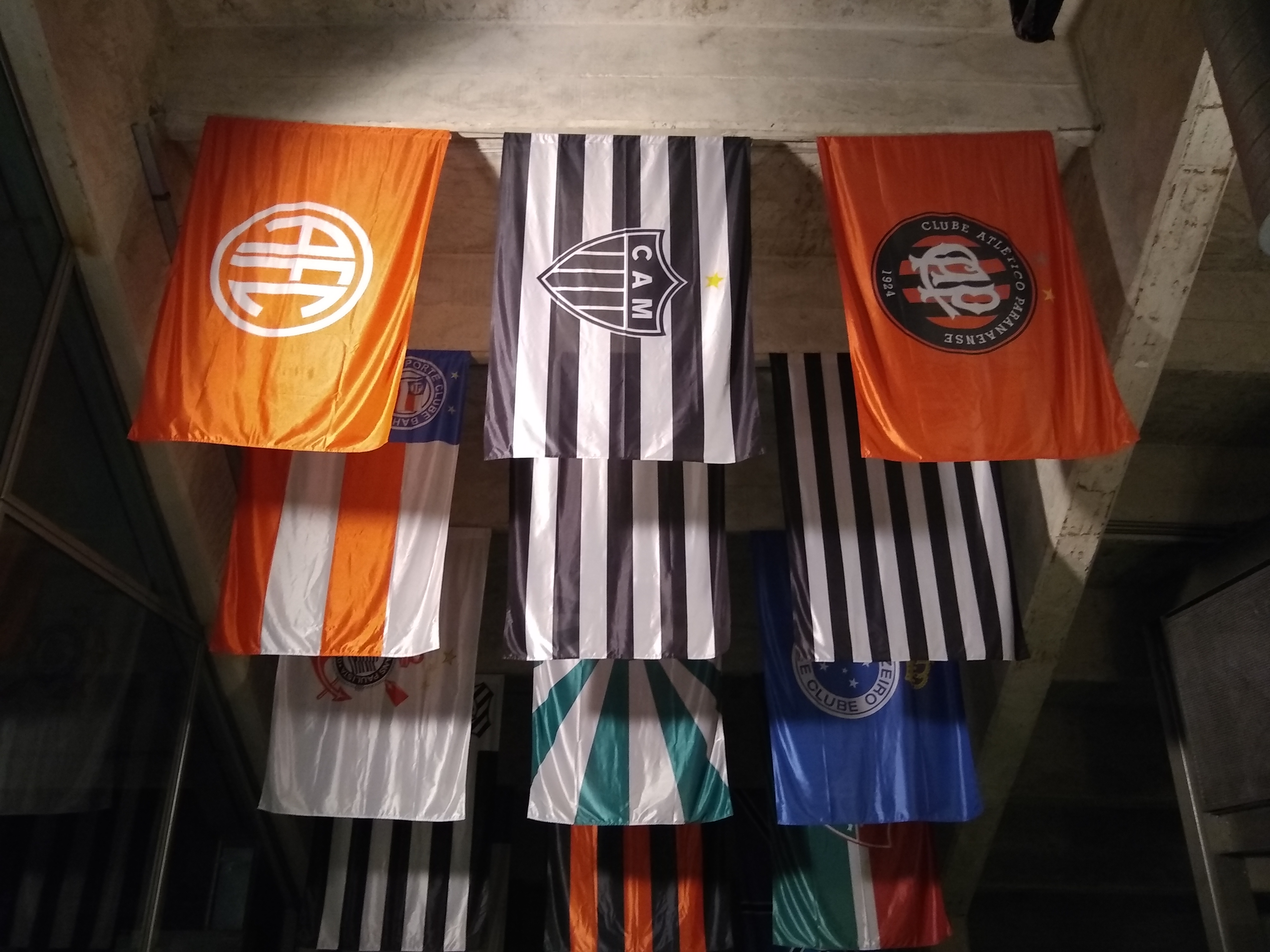
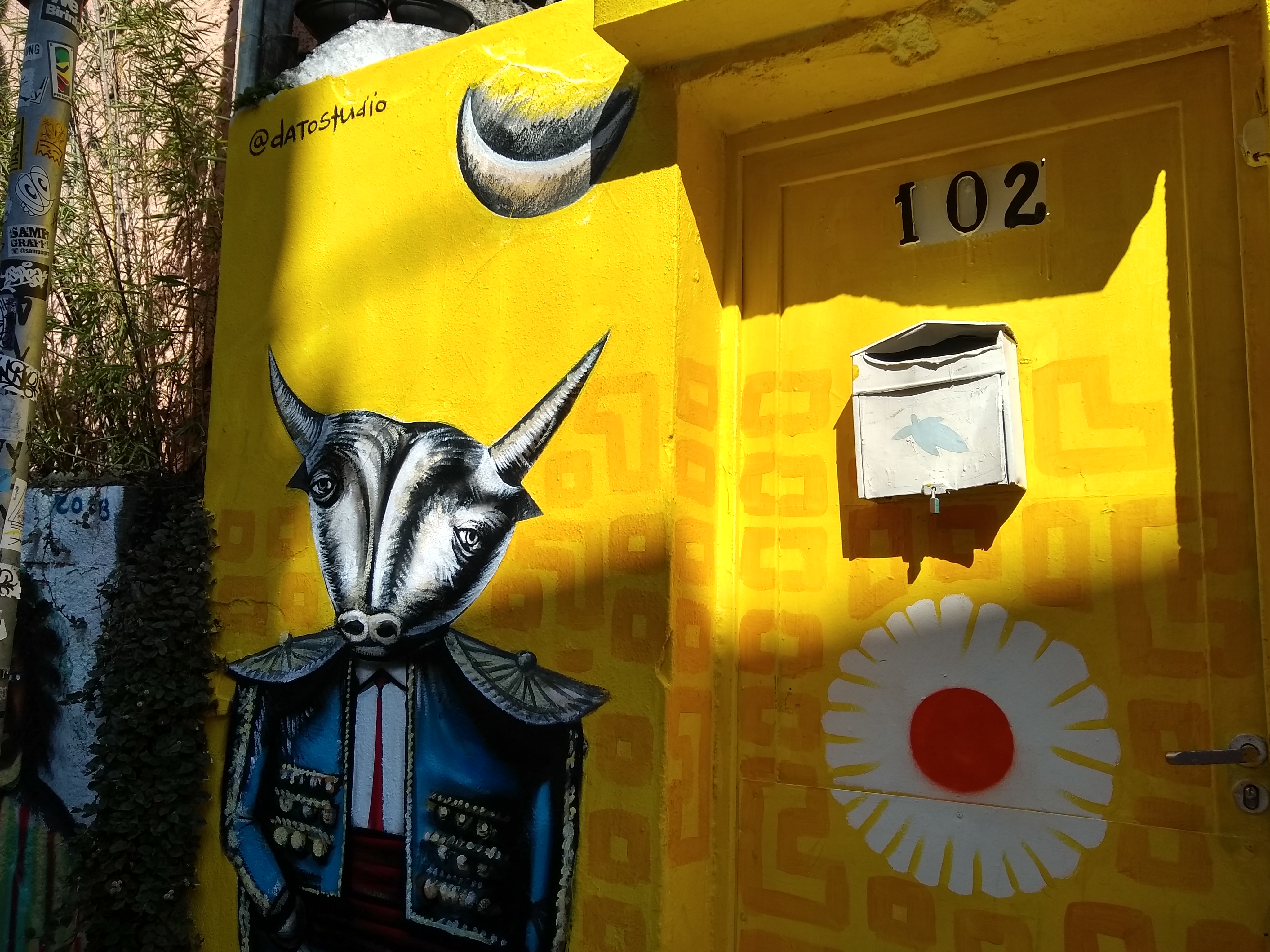
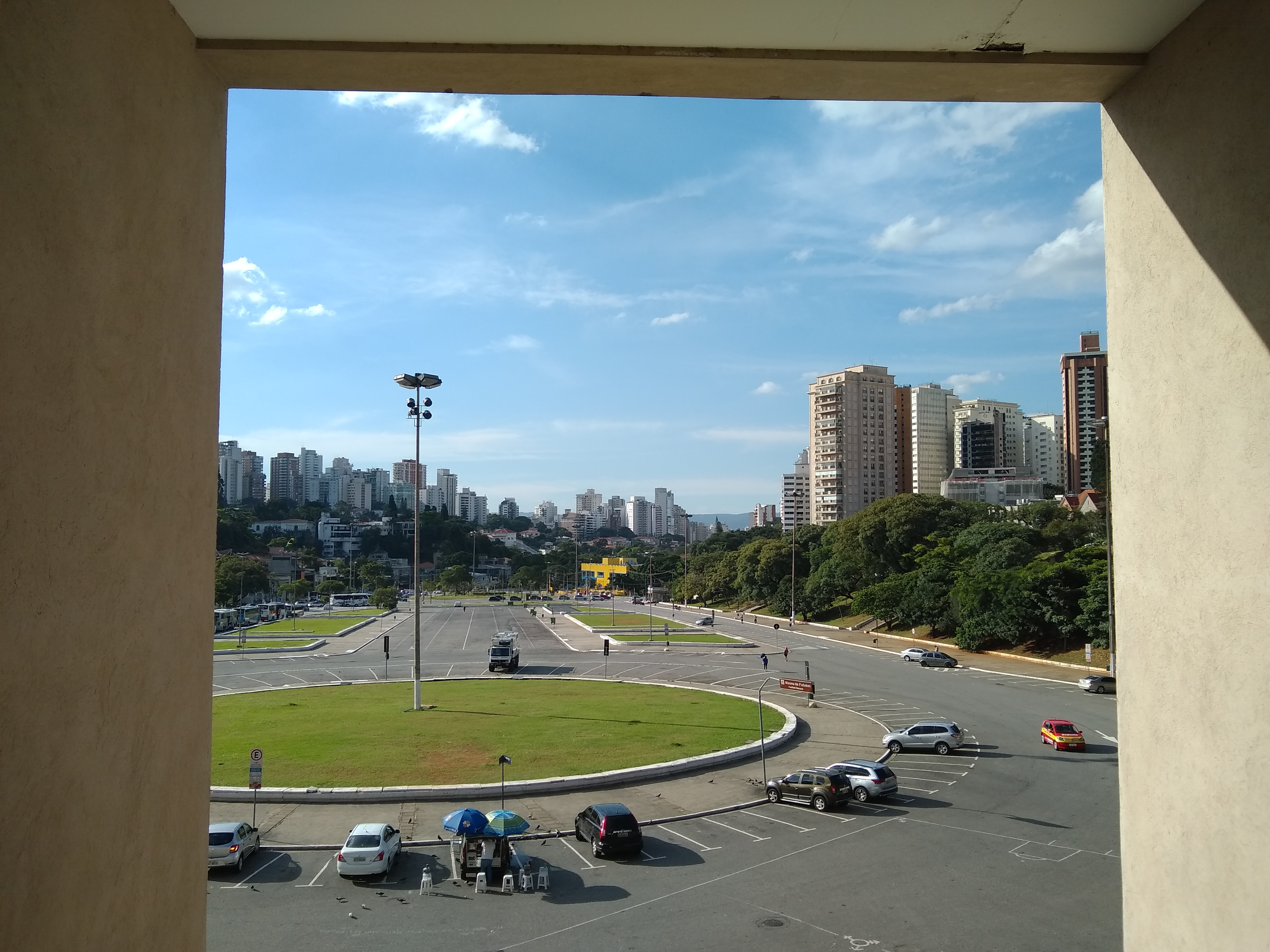
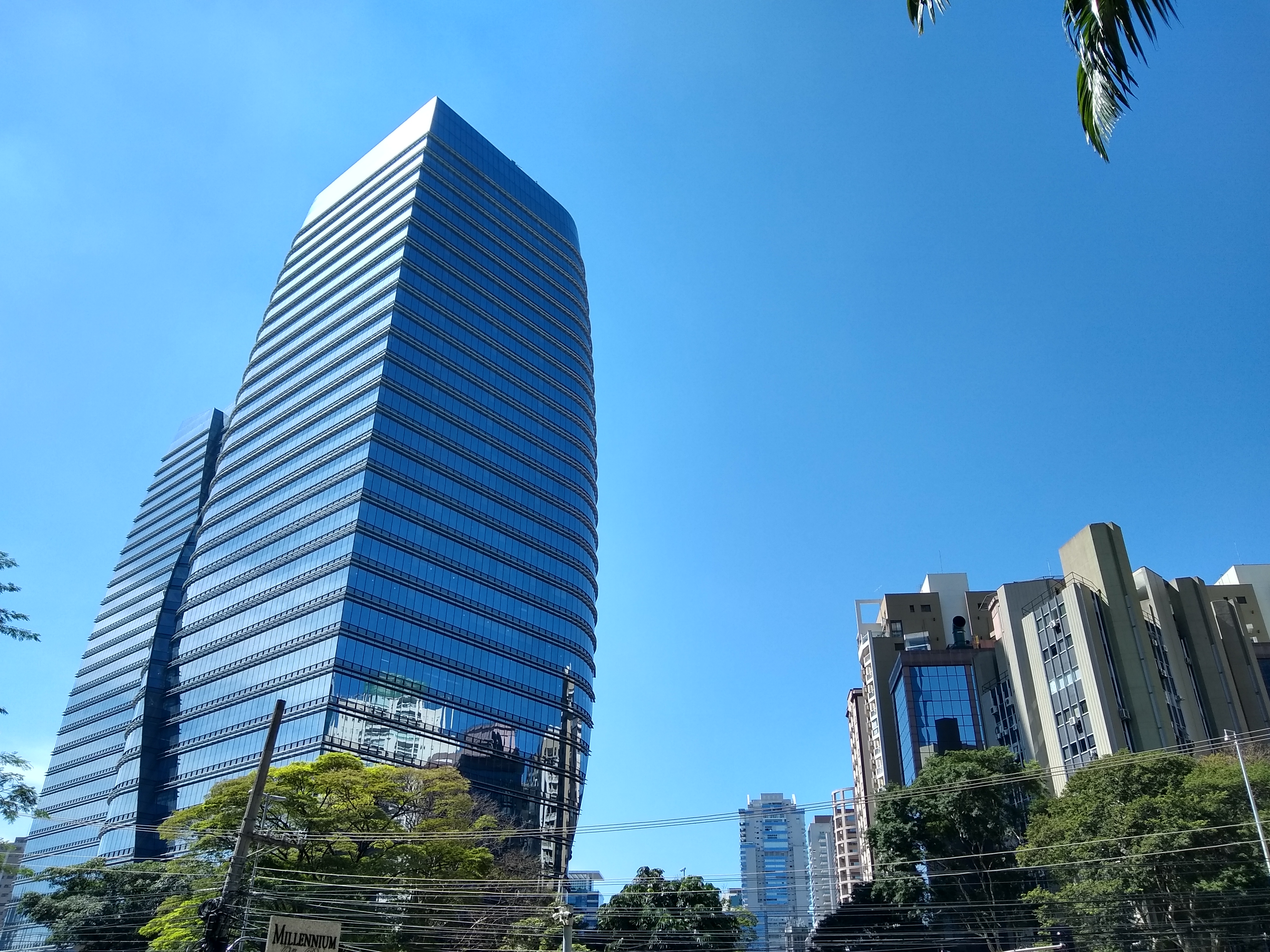
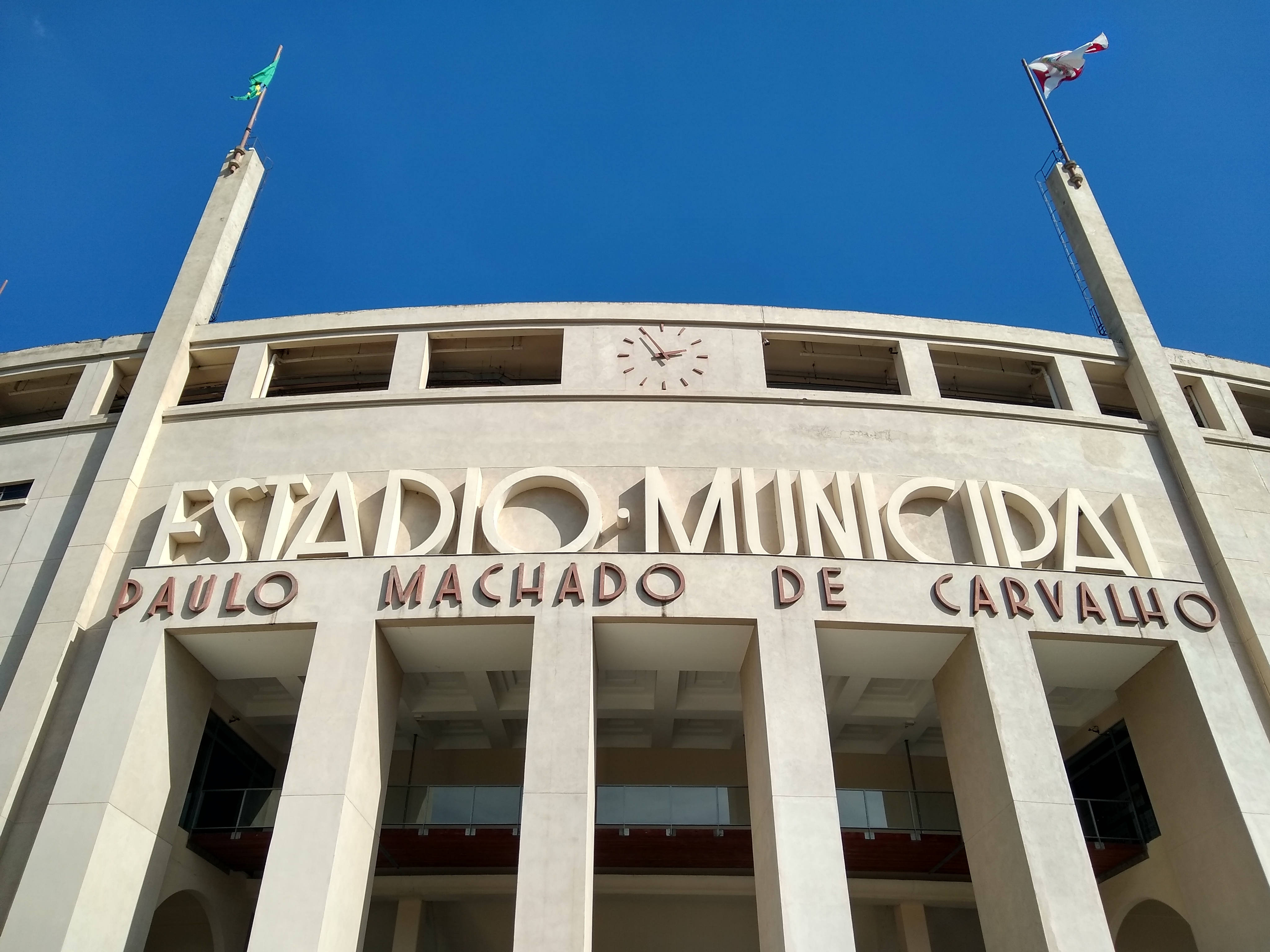
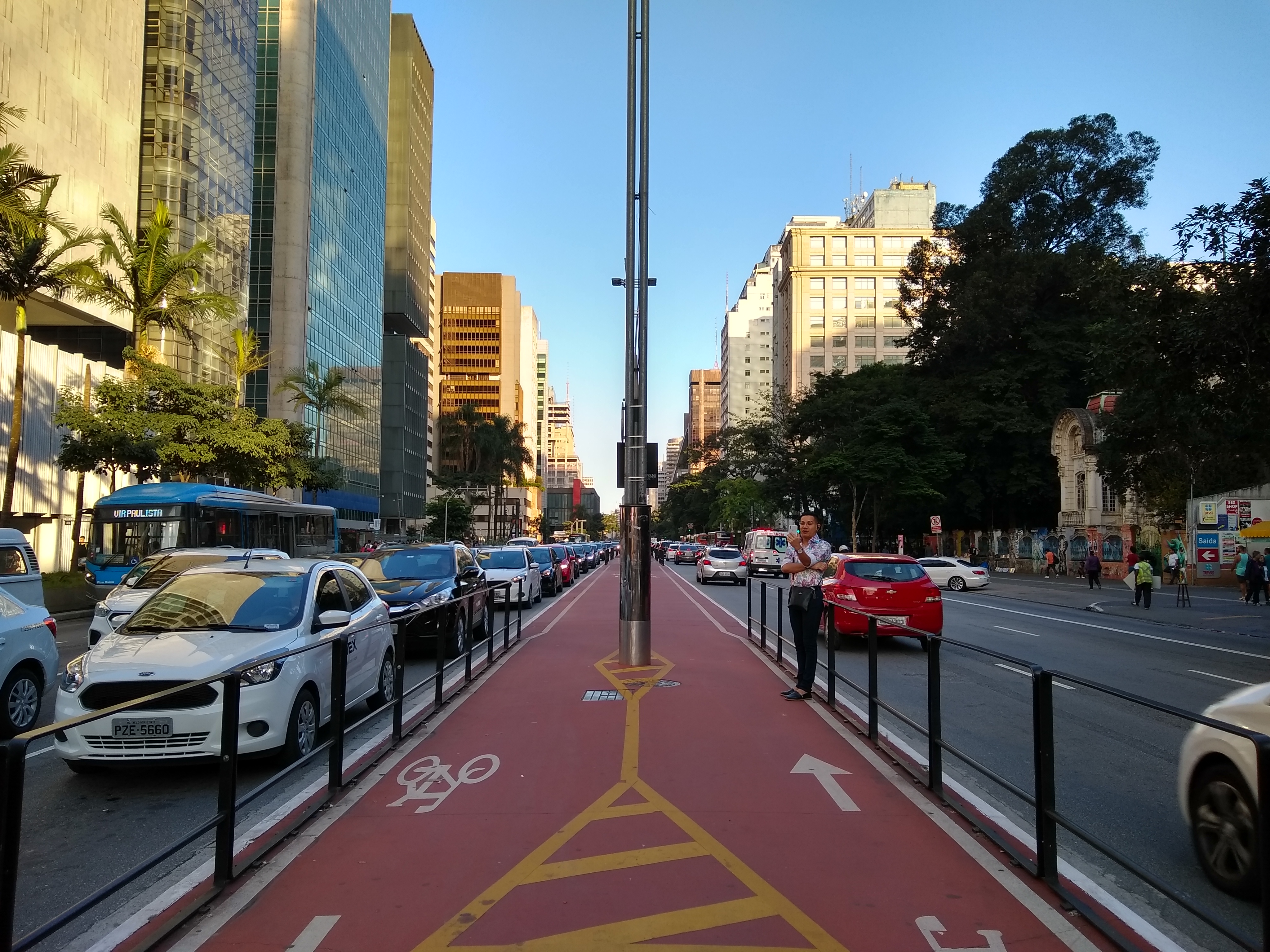
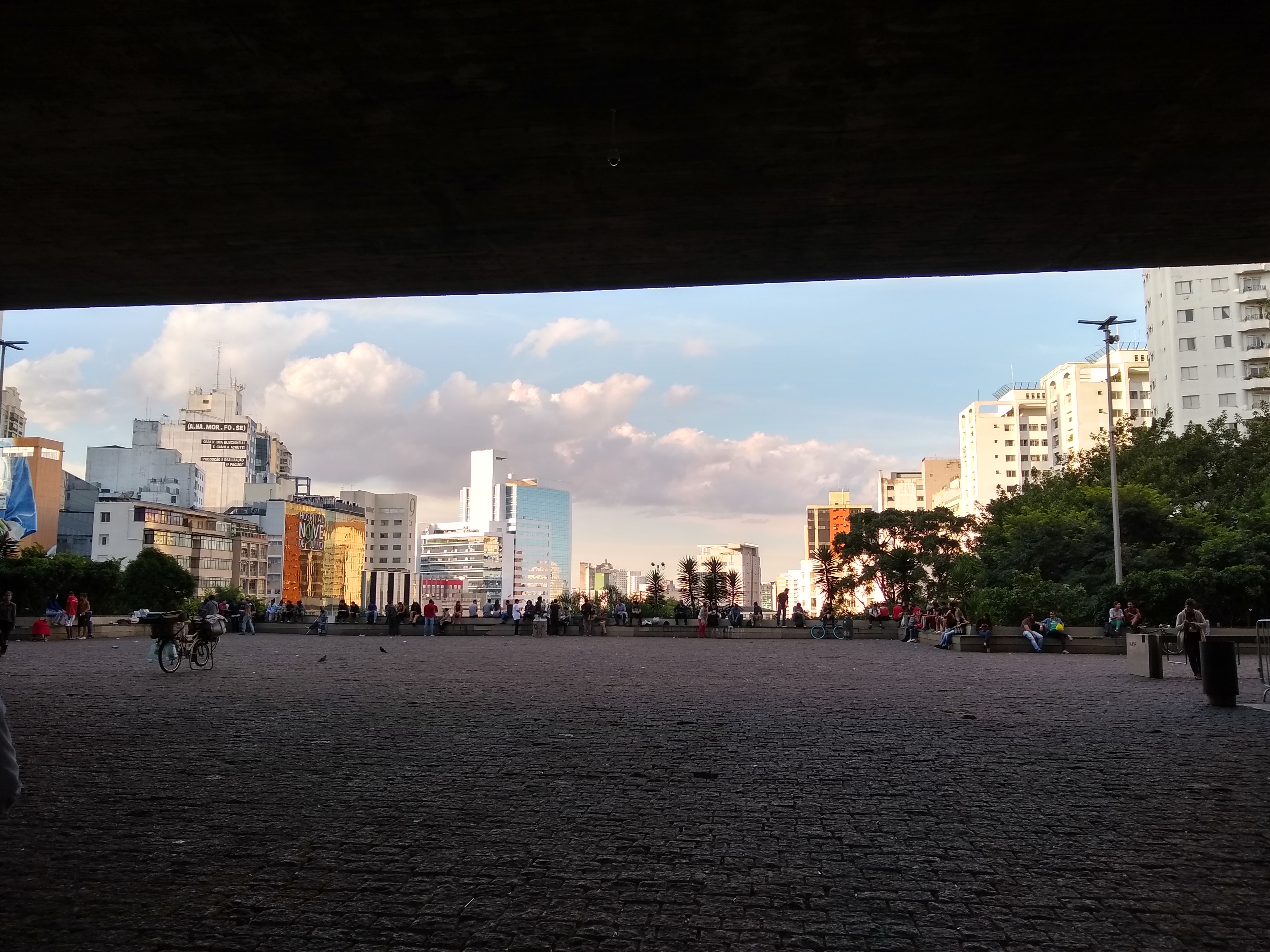
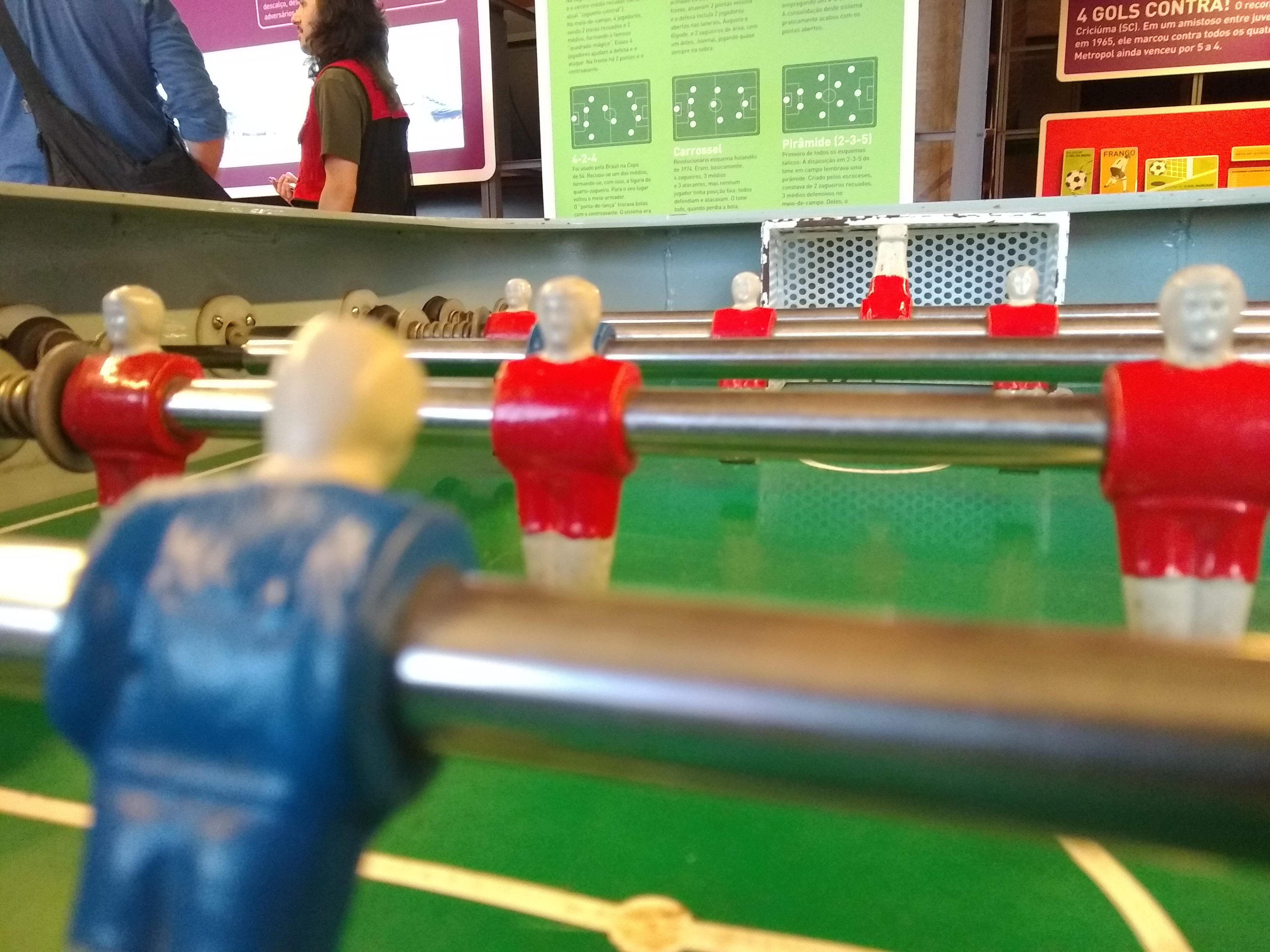
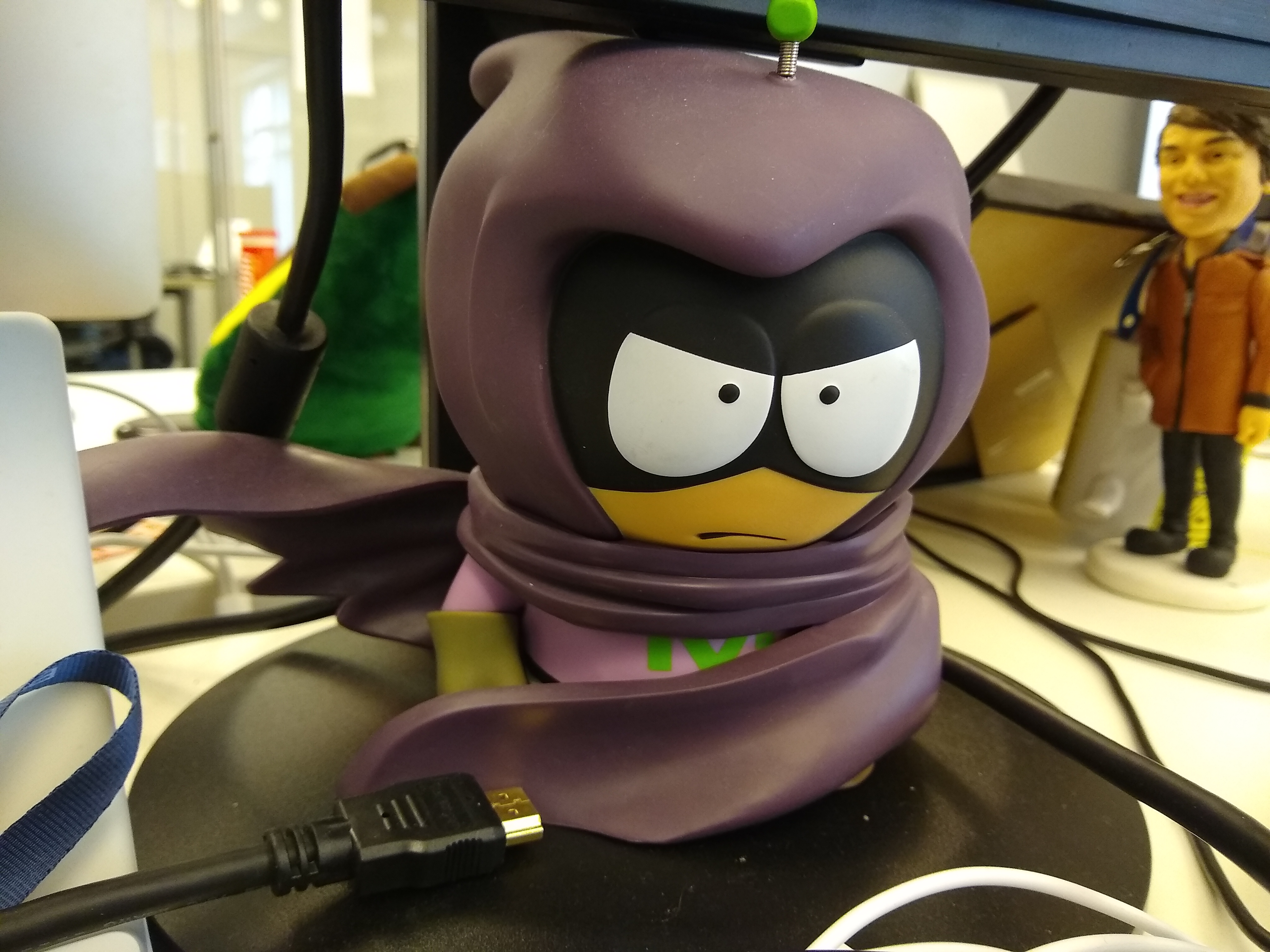
Current page: Battery and camera
Prev Page Introduction, price, design and display Next Page Anything else I should know?James is the Editor-in-Chief at Android Police. Previously, he was Senior Phones Editor for TechRadar, and he has covered smartphones and the mobile space for the best part of a decade bringing you news on all the big announcements from top manufacturers making mobile phones and other portable gadgets. James is often testing out and reviewing the latest and greatest mobile phones, smartwatches, tablets, virtual reality headsets, fitness trackers and more. He once fell over.
